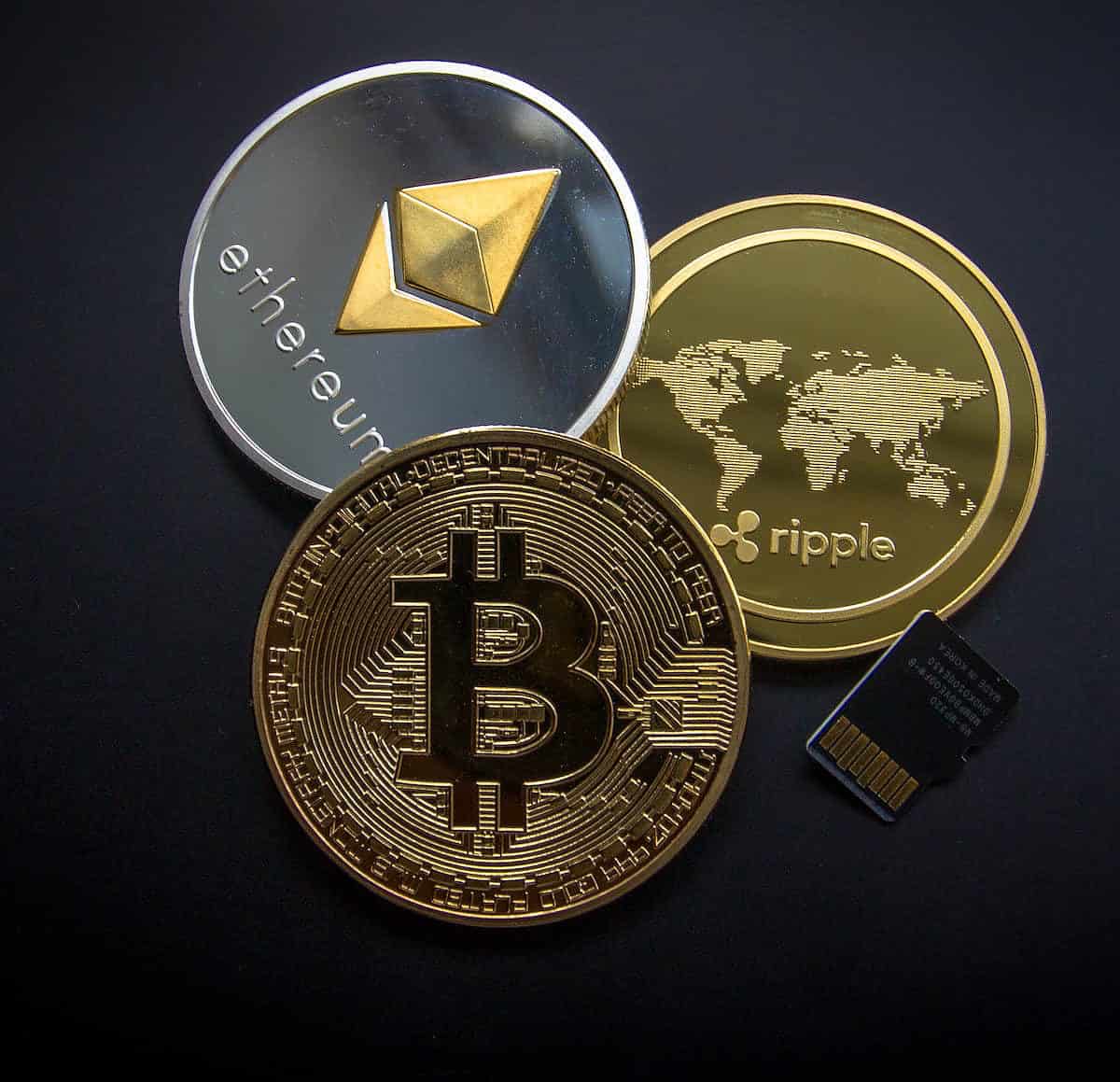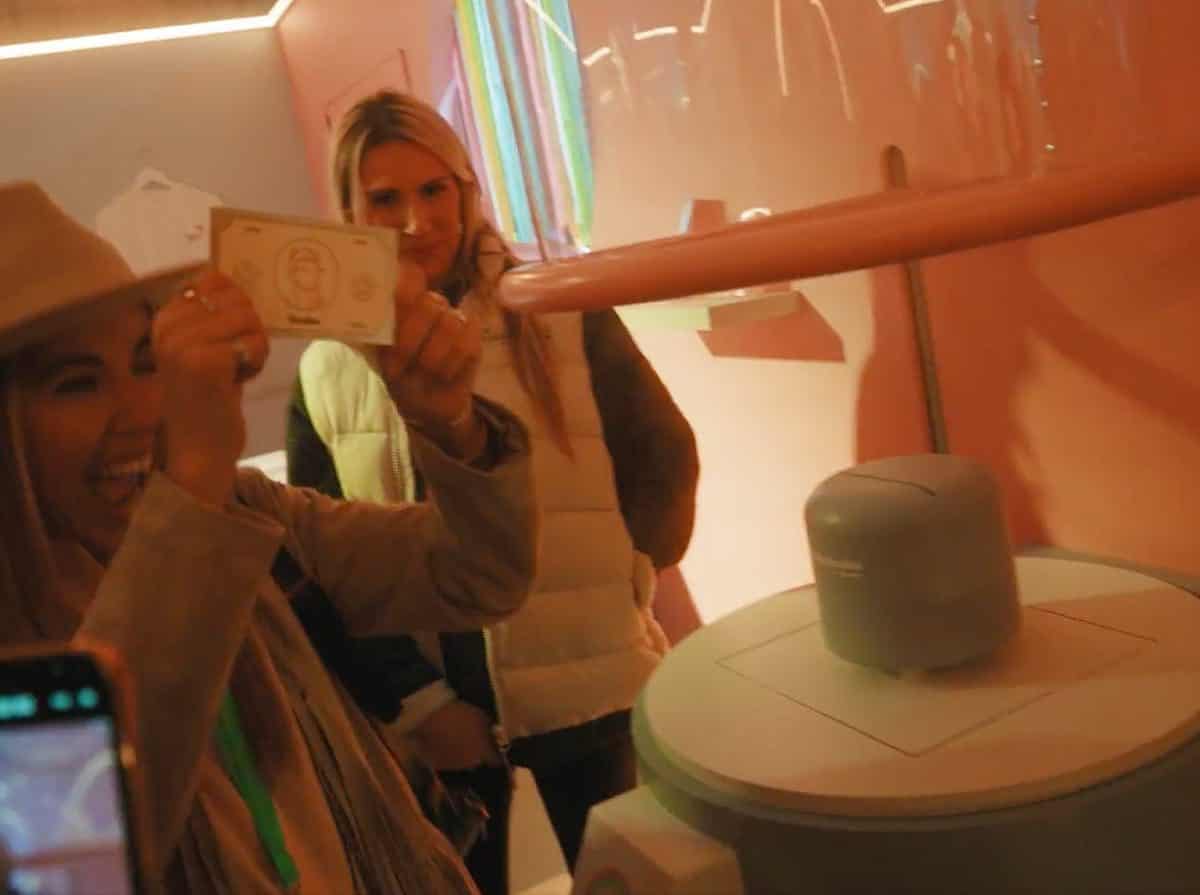Is now The Time to explore crypto applications?
With the recent crash in crypto, I have started to look at the crypto-tokenomics-blockchain world.
This is because I suspect that the crash will shake out a lot of the hype followers. But the fall in crypto value will also make it cheaper to explore actual applications of crypto.
 Free pic from Pexels
This article on tokengated commerce elaborates a lot on some possible applications of crypto, which I find very thought provoking.
Free pic from Pexels
This article on tokengated commerce elaborates a lot on some possible applications of crypto, which I find very thought provoking.
 What’s going on in this picture? This is from Doodles’ event at SXSW this past march, a pop-up world created by the web3 community Doodles.
What’s going on in this picture? This is from Doodles’ event at SXSW this past march, a pop-up world created by the web3 community Doodles.
The event was open to everyone, but if you were a Doodle holder, all kinds of experiences in this world – from the entry all the way through to the Shopify-powered gift shop – “opened up” to you in delightful ways. Lights flashed, bubbles blew, special gated merch dropped down on a hand-built roller coaster cart; and your Doodle showed up on a huge screen, announcing to the world: “Welcome, Doodle holder 3125!” And one after another, guests’ faces lit up in the unmistakable joy of being recognized; of successfully entering this new world.
This moment is what tokengated commerce is all about. It’s the moment where you realize, “Ah. I get the relationship between NFTs and commerce now.” NFTs aren’t an output of commerce; they’re an input for commerce. NFTs aren’t a kind of product; they’re a kind of buyer.
What are tokengated collabs? When The Hundreds does a collab with Deadfellaz, and you can unlock limited edition merch with an NFT from either of their collections, that’s a tokengated collab. When Superplastic does a collab with Gucci that’s gated to holders of a secret SUPERGUCCI NFT, that’s a tokengated collab.
Here’s where the magic starts to happen: I belong to my community, you belong to your community, but when we do a collab together, I can invite you in; and you can invite me in. Tokengated collabs flip exclusivity into reciprocal inclusivity. A century-old brand like Gucci gets to endorse a really hot brand like Superplastic, in a way where their fans are both inviting each other into this shared experience, and this shared community they now have together.
In contrast, a token is a bearer instrument – (remember the bearer bonds in Die Hard?) – it is much more like a file, or like a physical ticket that you hold in your hand. (This file analogy is going to be important later.) The NFT does not “link back” to anything, it’s not a reference to a reference to an account entry on one or more merchant databases; it is the ticket itself.
In, let’s call it “single player mode” – so a single merchant gating to a single list of customers – it’s hard to see the advantage. But as soon as you enter multiplayer mode – multiple merchants gating to multiple sets of fans, through a set of social rules – the ticket being a bearer instrument that does not link back to anything and therefore brings no dependencies with it – but can still be trusted by the gate even though it doesn’t link back to anything (more on this later, this is the “why do you need a blockchain” part) is a radically simplifying mechanic. Because now, the tokengating rules can get super complicated, but they won’t break under the weight of dependencies because there aren’t any.
…
…when we look back ten years from now at 2022 and ask, “What was really obvious and in front of our faces that whole time?” I think one answer will be that collaborative gating will be the mechanic that dramatically simplifies how brands collaborate and endorse each other, and that simplification will mean that community commerce is about to get a lot more multiplayer.